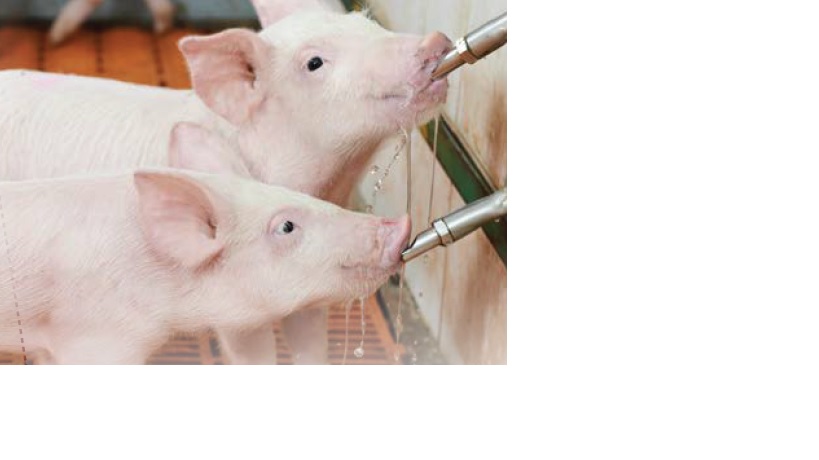 19 Jul 2022
19 Jul 2022
Artificial milk enriched with wheat can promote early intestinal ripening in piglets.
Introduction
Over the years, sows have become more prolific, producing litters with greater weight and number of piglets and with higher daily gains and high energy consumption requirements in milk. Hyperprolific sows have more piglets than breasts and, to adapt to this, artificial milk is often used as a supplement.
Such alternatives include milk replacer or liquid feed systems as a supplement to sow milk, given either manually or dispensed automatically in a cup system. Commercial milk replacer products typically contain skimmed milk powder as well as whey. Vegetable components are also added such as plant-based starch and protein from, for example, wheat and soya, that the small intestines (SI) are not yet adapted to digest (Pluske, JR, et. al.,1997)
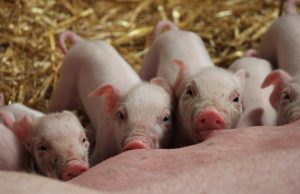
Health and productive impacts of early piglet weaning (how can they be mitigated?)
Preparing the gut for the transitional period of weaning (i.e. going from a diet of milk solids to vegetable ingredients) is an increasingly important matter, due to the need of producing robust healthy piglets that can be weaned without the excess use of zinc oxide or antibiotic growth promoters.
Early weaning of piglets is usually accompanied by severe growth reductions and diarrhea (Lalles, JP, et al., 2007) Typically, dry feed is offered to piglets before weaning in order to prepare the small intestine, to an increasing percentage of vegetable ingredients as well as preparing piglets for dry feed consumption. However, a large percentage of piglets do not eat offered feed (Bruininx., et al. 2002) and as a result, this type of management system limits the sow’s rearing capacity.
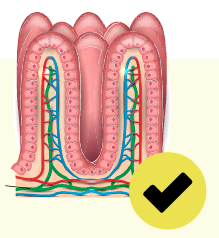
Modulating intestinal function through the use of a milk replacer
The provision of an artificial milk replacer may provide an opportunity to modulate piglets’ digestion and growth conditions, considering that the nutrient composition of the replacer will influence intestinal development, by affecting enzymatic activity and morphology. (Kelly, D, Smyth, et al. 1991) This can potentially increase feed intake in piglets before weaning, and improve SI maturation.
Wheat flour supplementation
Wheat flour, is a commonly used ingredient in artificial milk replacers, which leads to a shift in carbohydrates from lactose to a combination of lactose and starch. However, its effects on piglet intestinal function and health are still not well known. Therefore, although starch may have potentially beneficial effects on gut adaption, the early exposure of an immature intestine to complex carbohydrates may also compromise growth. Causing potential dysregulations in the immune function and inflammation.
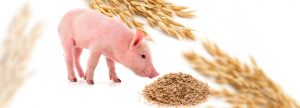
Study
With the aim of clarifying some of these matters, the following study was carried out to investigate the effects of feeding piglets an artificial milk replacer with increasing levels of wheat flour. Evaluating its influence on growth performance, intestinal enzyme activity and immune function. This type of milk replacer diet, was compared to a diet based entirely on cow’s milk. It was hypothesized that the inclusion of a starch component (wheat flour) induces mucosal ripening, as measured by increases in digestive activity and improved integrity and immunity of the small intestine.
The experiment was carried out with respect to animal experimentation and with approval from the Danish Animal Experimentation Inspectorate. The study was performed at the experimental facilities at the University of Copenhagen, Frederiksberg campus.
Materials and Methods
To test this hypothesis, thirty-six piglets (males and females) were separated from the sow on the third day and fed pure artificial milk (MILK) or, from day 11, fed artificial milk with increasing amounts of wheat (WHEAT; 10% dry matter on day 11 to 40% dry matter on day 26). On days 25 and 26, blood samples were collected to determine cytokines. The pigs were euthanized to examine body fat, muscle mass and gut morphology, RNA sequencing and enzyme analysis.
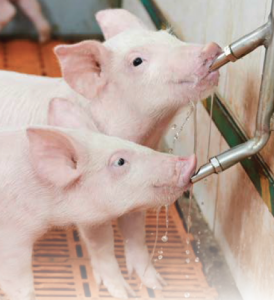
Results and Discussion
Conclusion
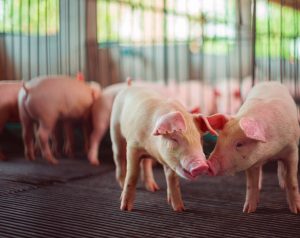
Subscribe now to the technical magazine of animal nutrition
AUTHORS

Nutritional Interventions to Improve Fertility in Male Broiler Breeders
Edgar Oviedo
The Use of Organic Acids in Poultry: A Natural Path to Health and Productivity
M. Naeem
Synergistic Benefits of Prebiotics and Probiotics in Poultry, Swine, and Cattle
Gustavo Adolfo Quintana-Ospina
Hybrid Rye Potential in Laying Hen Feed Rations
Gwendolyn Jones
A day in the life of phosphorus in pigs: Part I
Rafael Duran Giménez-Rico
Use of enzymes in diets for ruminants
Braulio de la Calle Campos
Minerals and Hoof Health in the Pregnant Sow
Juan Gabriel Espino
Impact of Oxidized Fats on Swine Reproduction and Offspring
Maria Alejandra Perez Alvarado